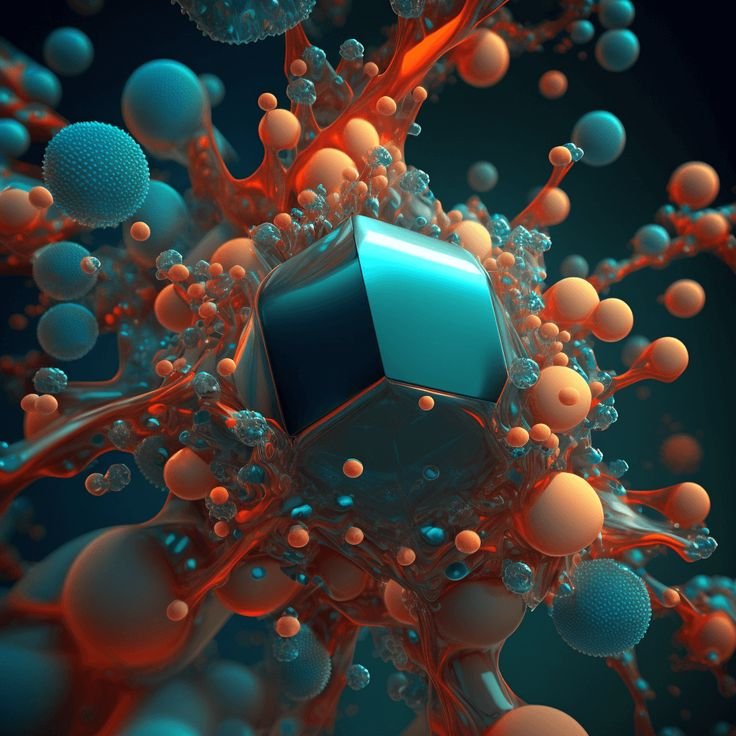The rapid pace of technological advancement often blurs the lines between distinct fields of science and engineering. Two such areas that are converging in intriguing ways are genetic engineering and nanotechnology. While they currently represent separate domains, each with its unique methods and applications, the future may see an increasing overlap between them. In this blog, we’ll explore the current distinctions between genetic engineering and nanotechnology, how they might evolve, and whether these differences will persist or diminish over time.
Understanding Genetic Engineering
Genetic engineering involves the direct manipulation of an organism’s DNA to alter its characteristics in a specific way. This can include adding, removing, or modifying genes within an organism’s genome. Applications of genetic engineering are vast and include:
- Medical Therapies: Developing treatments for genetic disorders and diseases through gene therapy.
- Agriculture: Creating genetically modified crops that are more resistant to pests, diseases, and environmental conditions.
- Industrial Biotechnology: Producing biofuels, enzymes, and other chemicals through genetically engineered microorganisms.
Key Techniques in Genetic Engineering
- CRISPR-Cas9: A revolutionary technology that allows for precise editing of the genome by making cuts at specific locations.
- Recombinant DNA Technology: Combining DNA from different organisms to produce new genetic combinations.
- Gene Cloning: Creating copies of genes or segments of DNA to study their function or produce large quantities of a protein.
Understanding Nanotechnology
Nanotechnology involves the manipulation of matter at the nanoscale (one billionth of a meter) to create new materials and devices with unique properties. It has applications across various fields, including:
- Medicine: Developing drug delivery systems that can target specific cells or tissues.
- Electronics: Creating smaller, faster, and more efficient electronic components.
- Materials Science: Producing stronger, lighter, and more durable materials.
Key Techniques in Nanotechnology
- Nanofabrication: Techniques to build structures and devices at the nanoscale.
- Nanoparticles: Engineered particles that can be used for drug delivery, imaging, and other applications.
- Self-Assembly: Processes where molecules spontaneously form ordered structures without human intervention.
Current Differences Between Genetic Engineering and Nanotechnology
- Scale and Focus: Genetic engineering primarily deals with the manipulation of biological macromolecules and organisms at the genetic level, while nanotechnology operates at a much smaller scale, focusing on the manipulation of individual atoms and molecules.
- Methods and Tools: Genetic engineering uses biological tools and methods such as enzymes, plasmids, and CRISPR. In contrast, nanotechnology employs physical and chemical techniques such as lithography, self-assembly, and electron microscopy.
- Applications: While there is some overlap, the primary applications of genetic engineering are in biology and medicine, whereas nanotechnology spans a broader range of fields, including materials science, electronics, and energy.
The Convergence of Genetic Engineering and Nanotechnology
As both fields advance, there are signs of convergence that could blur these distinctions:
- Nano-biotechnology: This emerging field combines principles of nanotechnology and biotechnology. For example, nanoparticles can be used to deliver genes or drugs directly to specific cells, enhancing the precision of genetic therapies.
- DNA Nanotechnology: Researchers use DNA molecules as building blocks for creating nanostructures and devices, leveraging the self-assembly properties of DNA to create complex, functional materials at the nanoscale.
- Synthetic Biology: This interdisciplinary field integrates genetic engineering with nanotechnology to design and construct new biological parts, devices, and systems. It aims to create organisms with novel capabilities, combining the principles of both fields.
Future Outlook: Will Differences Persist?
While genetic engineering and nanotechnology will likely continue to advance as distinct fields, their intersection points will grow, leading to significant interdisciplinary innovation. The core techniques and applications will still retain their unique aspects, but the integration of nanotechnology into genetic engineering (and vice versa) will become more pronounced. This convergence could lead to breakthroughs such as:
- Targeted Gene Therapy: Using nanotechnology to deliver genetic material precisely where it’s needed in the body.
- Bio-nanomachines: Creating nanoscale machines that can interact with biological systems for diagnostics, repair, or enhancement.
- Advanced Biomaterials: Developing new materials that integrate biological and non-biological components for medical implants, tissue engineering, and more.
Conclusion
In the future, the distinction between genetic engineering and nanotechnology may become less pronounced as both fields increasingly overlap and integrate. While they will remain distinct in their core principles and traditional applications, the synergy between them promises to revolutionize medicine, materials science, and many other areas. Embracing this convergence will be key to unlocking new possibilities and addressing complex challenges in science and technology.





